Las Vegas experienced unprecedented high temperatures in July. The city endured five consecutive days of 115°F or higher.
This broke the previous record of four days set in 2005. On July 7, temperatures soared to a scorching 120°F. Did you know? The highest temperature ever recorded on Earth was 134°F in Death Valley, California, in 1913.
Meteorologists Stunned: ‘Most Extreme Heat Wave in History’
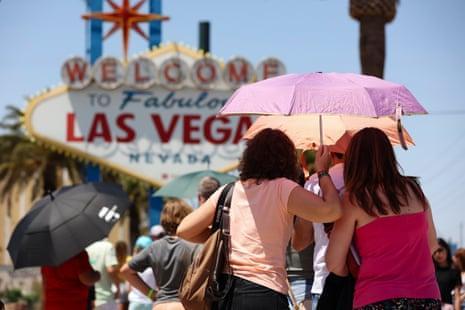
Veteran meteorologists express shock at the intensity of the heat wave. John Adair, a 30-year National Weather Service veteran, called it unprecedented.
The heat wave surpassed all records since 1937. This event challenges historical climate norms for the region. But what’s causing such extreme temperatures, and could they become the new normal?
Daily Life Disrupted: Residents Adapt to Scorching Heat
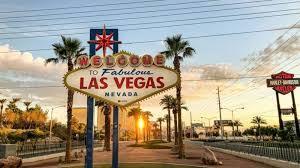
Las Vegas residents are forced to alter their routines drastically. Many avoid outdoor activities during daylight hours. Some, like Alyse Sobosan, only walk their dogs late at night.
The oppressive heat is significantly impacting quality of life. During extreme heat waves, emergency room visits can increase by up to 10%.
Innovation in Action: ‘Polar Pods’ Combat Heat Stress
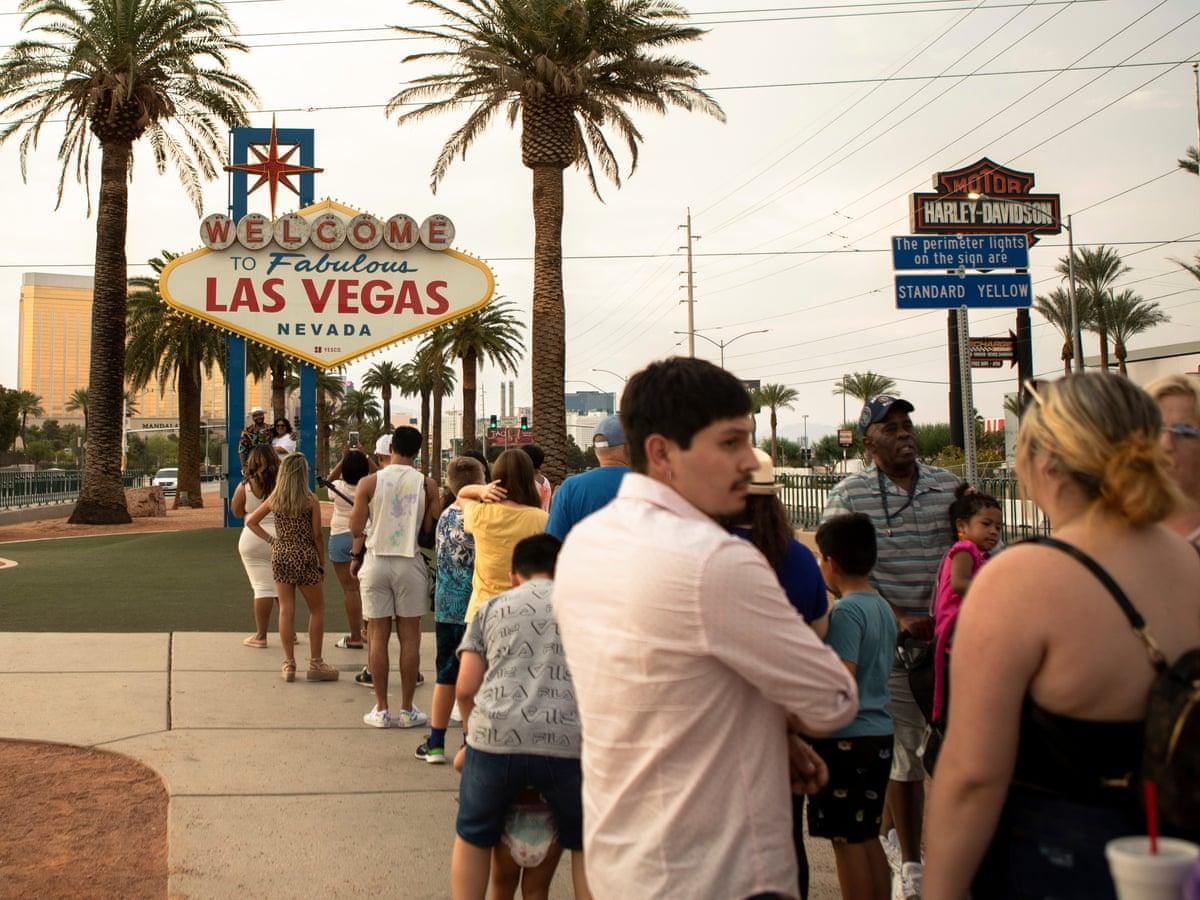
Henderson, Nevada, introduced “polar pods” to combat heat-related health issues. These portable devices can rapidly cool individuals suffering from heat distress.
The pods use cold water to lower body temperature quickly. This innovation could potentially save lives during extreme heat events. Fact: The human body can survive a core temperature of up to 108°F, but only for a very short time.
Climate Change Connection: Heat Waves Become More Frequent

Scientists link the increasing frequency of extreme heat events to climate change. Human activities, particularly the burning of fossil fuels, exacerbate the issue.
Rising global temperatures act like “steroids” for weather events. This trend suggests more frequent and intense heat waves in the future. With heat waves becoming more common, how will cities adapt to protect their residents?
Deadly Consequences: Heat-Related Deaths on the Rise
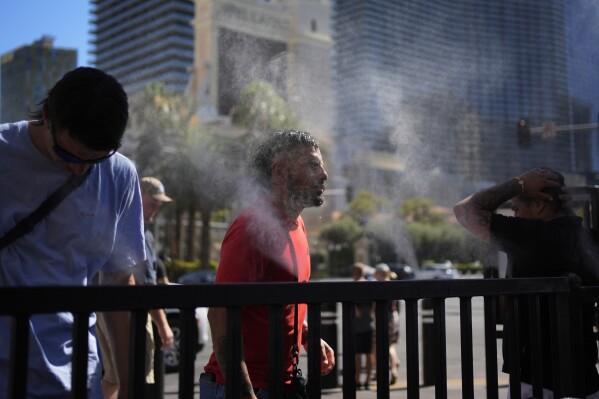
Heat has been the leading cause of weather-related deaths in the U.S. for 30 years. It claims more lives than floods, lightning, and hurricanes combined. In 2024, heat is suspected in at least 16 deaths in Oregon.
Maricopa County, Arizona, reported 14 confirmed heat-related deaths with 234 under investigation.
Did you know? The 1995 Chicago heat wave resulted in over 700 deaths in just five days.
National Impact: Millions Under Heat Alerts Across U.S.
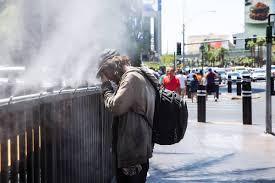
The heat wave’s effects extend far beyond Las Vegas. On some days, over 150 million Americans were under heat alerts. This widespread impact highlights the national scale of the issue.
It underscores the need for comprehensive heat management strategies. As heat waves affect larger populations, can our infrastructure handle the strain?
Global Context: Earth’s Temperature Continues to Rise
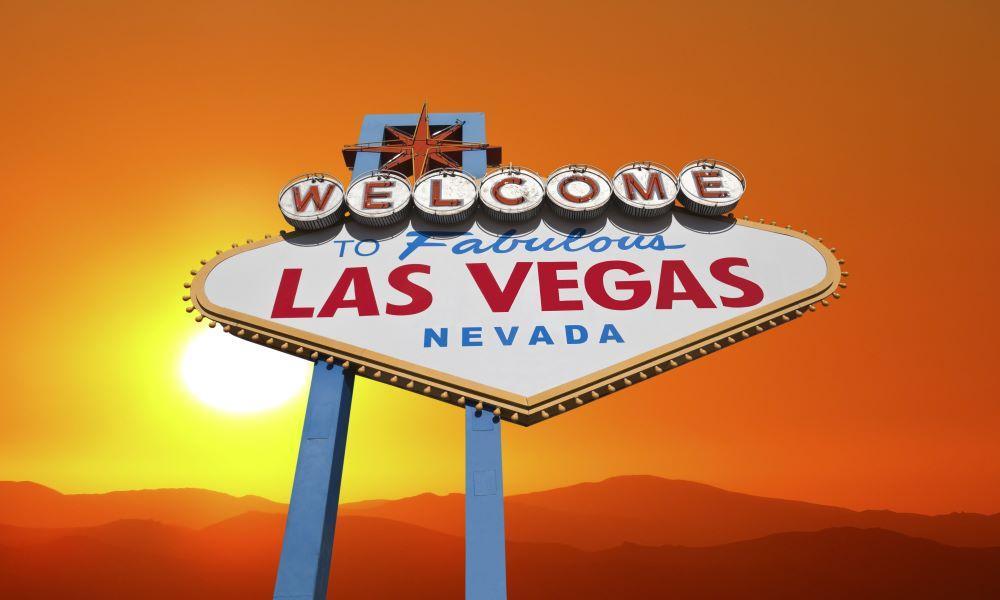
June 2024 marked the 13th consecutive warmest month on record globally. This trend aligns with the overall warming of our planet. The increase in heat-trapping gases in the atmosphere drives this warming.
This global context emphasizes the urgency of addressing climate change. Global average temperatures have risen by about 1.1°C since pre-industrial times.
Individual Action: Small Steps for a Cooler Future
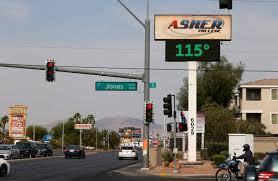
Individuals can contribute to mitigating climate change through daily choices. Supporting eco-friendly brands and responsible travel can make a difference.
Simple actions like using LED bulbs can reduce both emissions and energy bills. These small steps collectively contribute to a larger impact.
Economic Incentives: Saving Money While Saving the Planet

Many environmentally friendly choices also offer financial benefits. LED bulbs, for example, can save hundreds of dollars annually on energy bills. Energy-efficient appliances often come with tax incentives.
These economic advantages make sustainable choices more attractive to consumers. Could financial incentives be the key to widespread adoption of climate-friendly practices?

